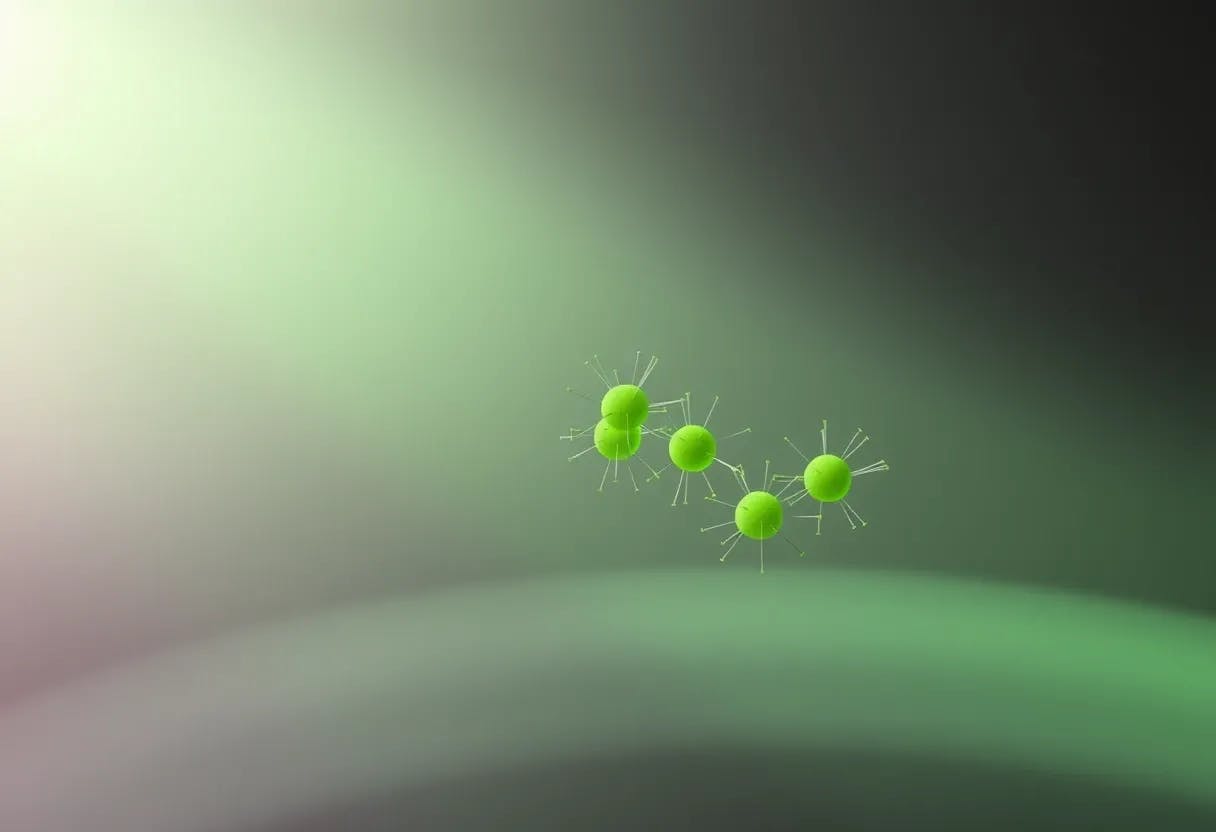123 reads
Short-term Memory Effects in the Phototactic Behavior of Microalgae: Methods
by
September 11th, 2024
Audio Presented by

Cultivating life through Photosynthesis, harnessing sunlight to nourish ecosystems and fuel a sustainable future.
Story's Credibility

About Author
Cultivating life through Photosynthesis, harnessing sunlight to nourish ecosystems and fuel a sustainable future.
